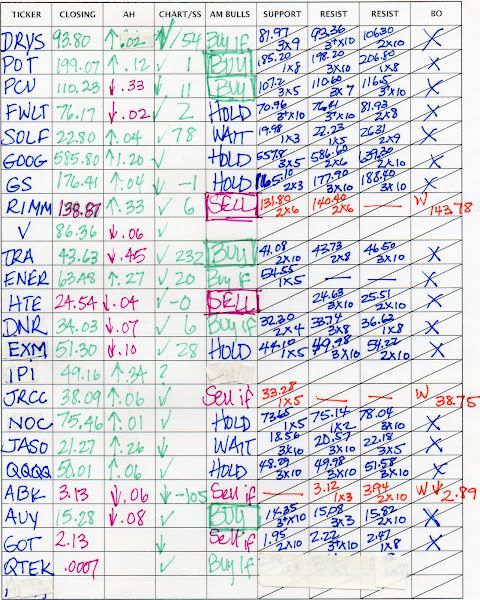My Stock Trader's Almanac 2008 arrived today. A great way to start my first day as a full time trader. Yes, that's right, after being on vacation for a week, and comparing the results to the results that I was achieving working on my portfolio part time, I called my boss yesterday and quit my part time job. An added bonus is that I will get to roll over my 401K into an IRA and be able to have more control over that part of our retirement package, than choosing between a handful of mutual funds.
Anyway, the Stock Trader's Almanac 2008 has a lot of great features, and I think that it is a good an investment for anyone wanting to make a real go of investing. One of the things that it stresses is that you will have more investment success if you write things down. Going back to my original post regarding the purpose of this blog, I can see that I am on the right track if I want to be successful in this endeavor. The second key to me being on the right track, is that it denotes November through January as the best three month span, right in line with me taking the dive to do this full time.
Some features of the 2008 Almanac that I am digging right now are
*2008 year at a glanceWhether you are new to investing, or a seasoned investor, Stock Trader's Almanac 2008
This shows you days the market is closed, option expiration dates and major holidays. Also includes the 2009 year at a glance towards the back of the Almanac.
*One page for each trading week, broken down by day.
What a great feature! You can incorporate your appointment calendar into the Almanac, making it more likely that you are looking at it on a daily basis. This part of the almanac also includes holidays, market profitability numbers, option expiration days, and icons that show days that have been 60% bearish or bullish on average during the past 21 years. Interspersed between all of this are Monthly statistics, and references to check other parts of the almanac such as Investor Seasonalities.
*Directory of trading patterns
This is the main reason I bought this book, was for the directory of trading patterns. Some of the patterns go back as far as 1900. Others not quite as far based upon data available, or a noticeable shift in patterns has occurred due to changes in the investment community (for example 401K availability increases)
*Strategy Planning and Record Section
Some really good spread sheets and checklists in this section. I am sure that I will be incorporating some of these into my tracking.
Always perform your own due diligence before making any investment.


No comments:
Post a Comment